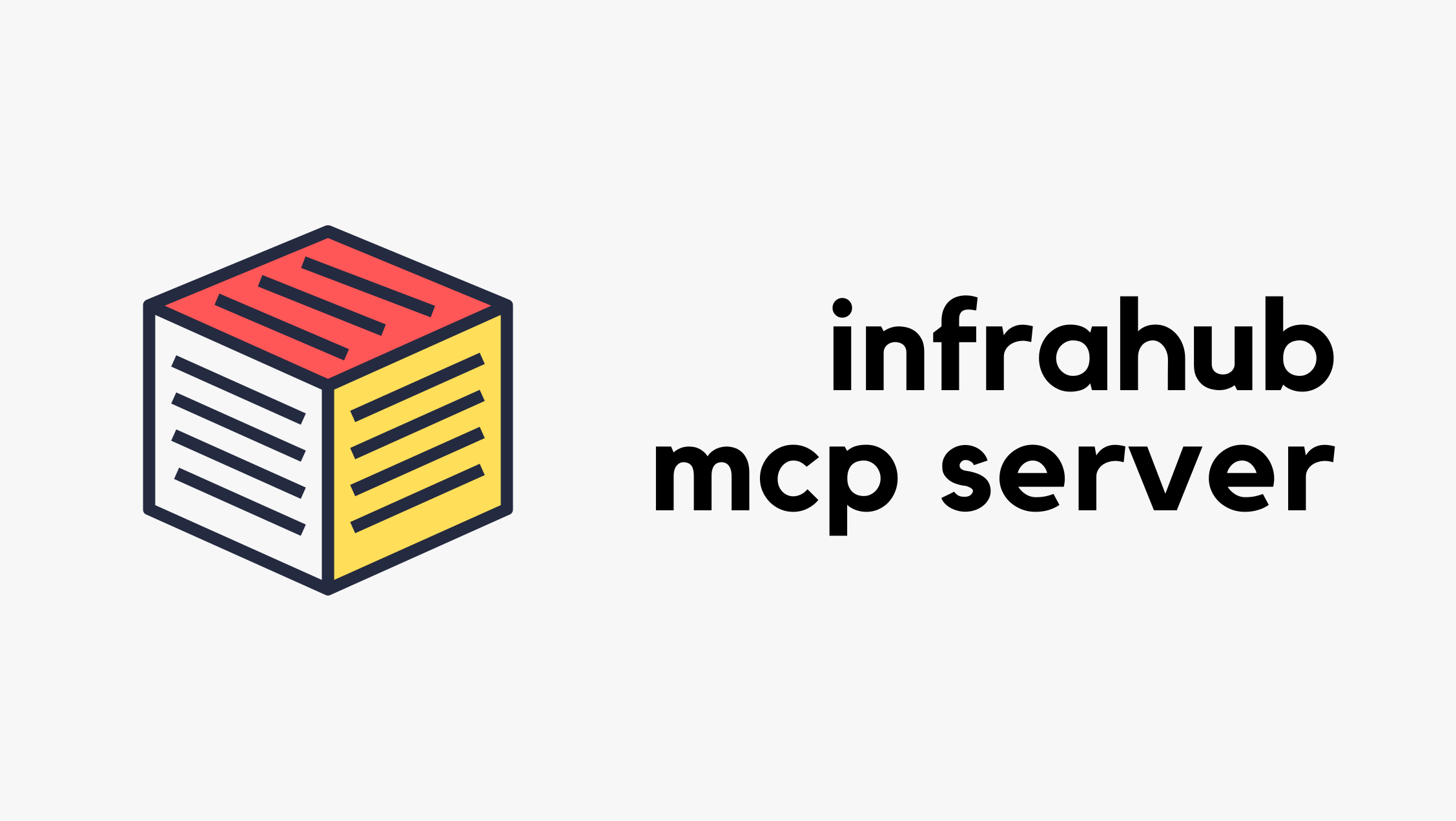Launching the x402 Foundation with Coinbase, and support for x402 transactions
Cloudflare is partnering with Coinbase to create the x402 Foundation. This foundation’s mission will be to encourage the adoption of the x402 protocol, an updated framework that allows clients and services to exchange value on the web using a common language. In addition to today’s partnership, we are shipping a set of features to allow developers to use x402 in the Agents SDK and our MCP integrations, as well as proposing a new deferred payment scheme.
Payments on the web have historically been designed for humans. We browse a merchant’s website, show intent by adding items to a cart, and confirm our intent to purchase by inputting our credit card information and clicking “Pay.” But what if you want to enable direct transactions between digital services? We need protocols to allow machine-to-machine transactions.
Every day, sites on Cloudflare send out over a billion HTTP 402 response codes to bots and crawlers trying to access their content and e-commerce stores. This response code comes with a simple message: “Payment Required.”
Yet these 402 responses too often go unheard. One reason is a lack of standardization. Without a specification for how to Continue reading




